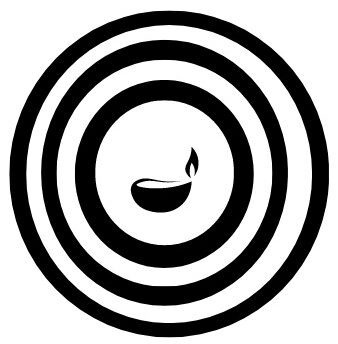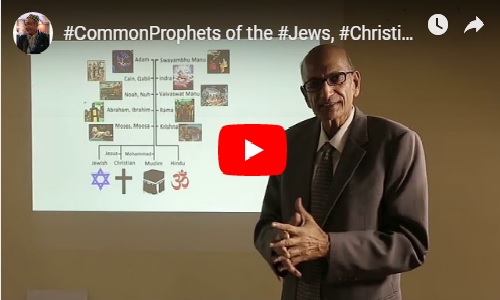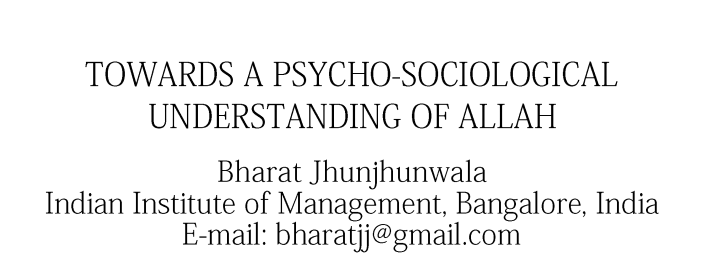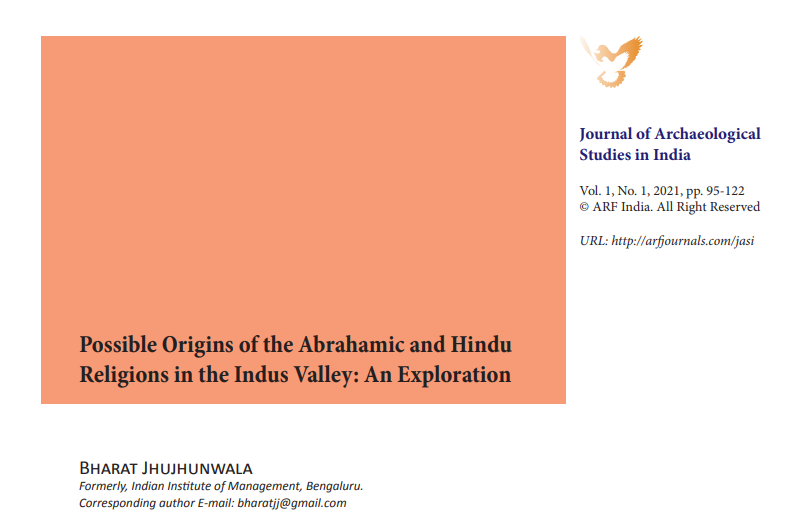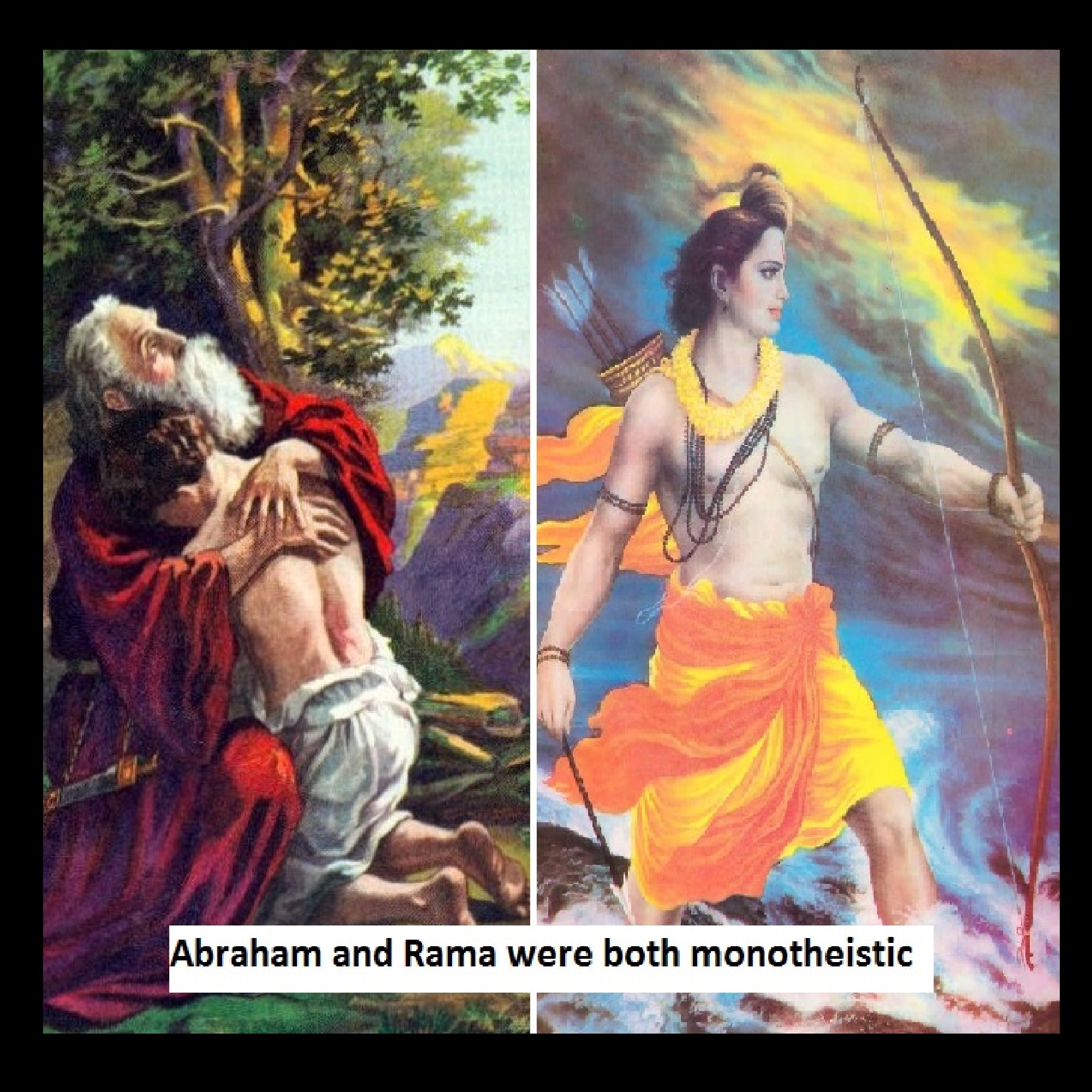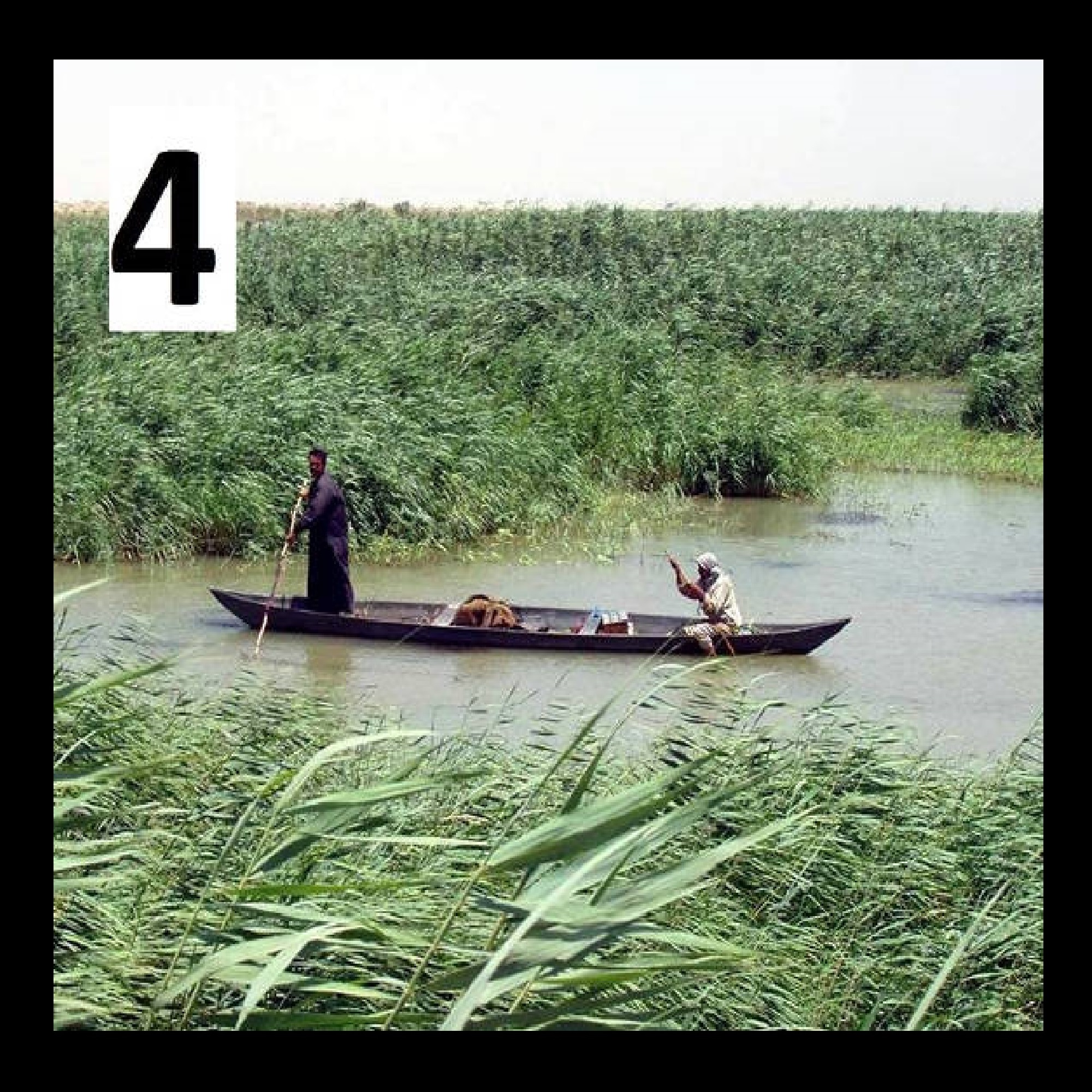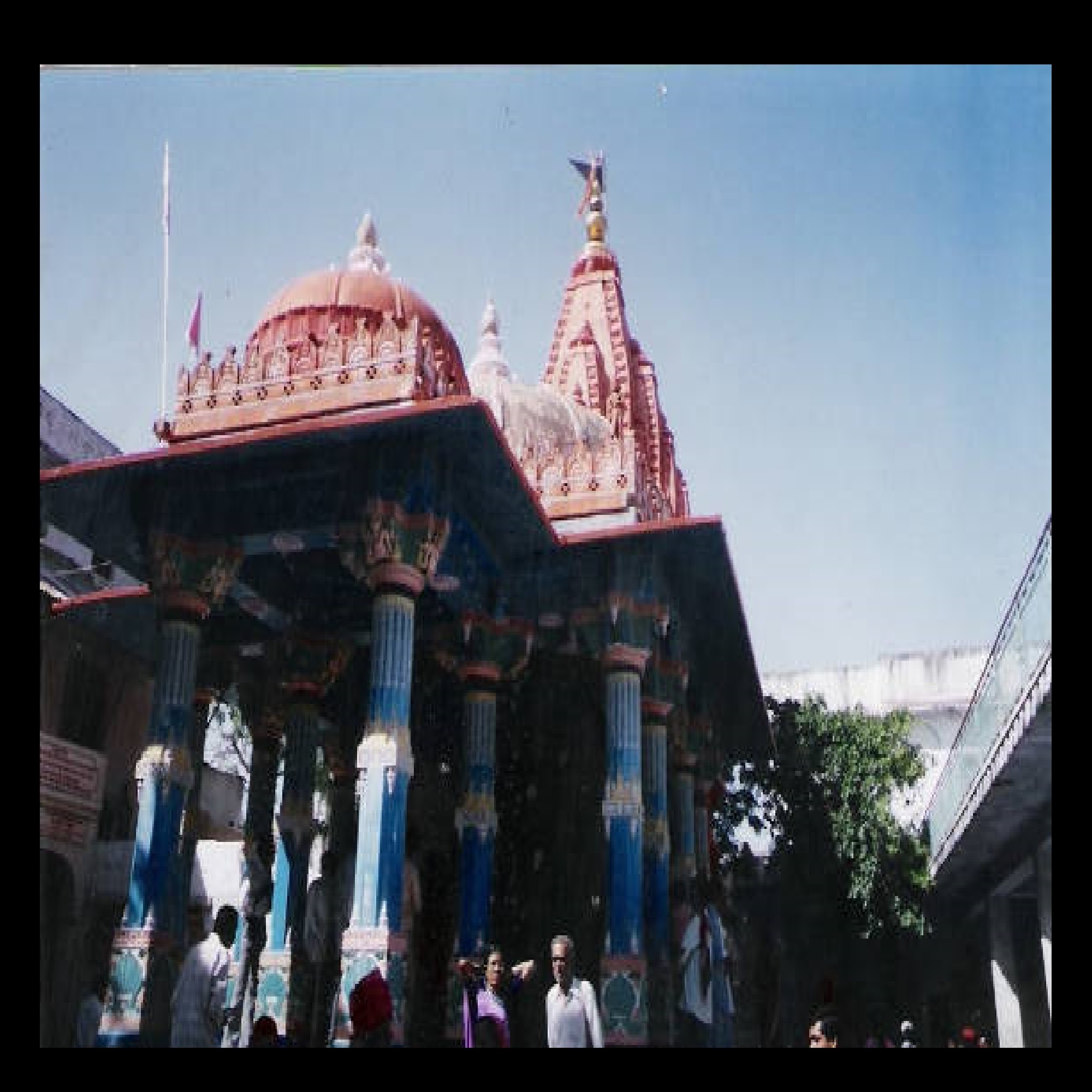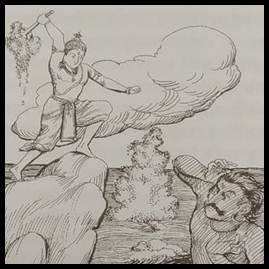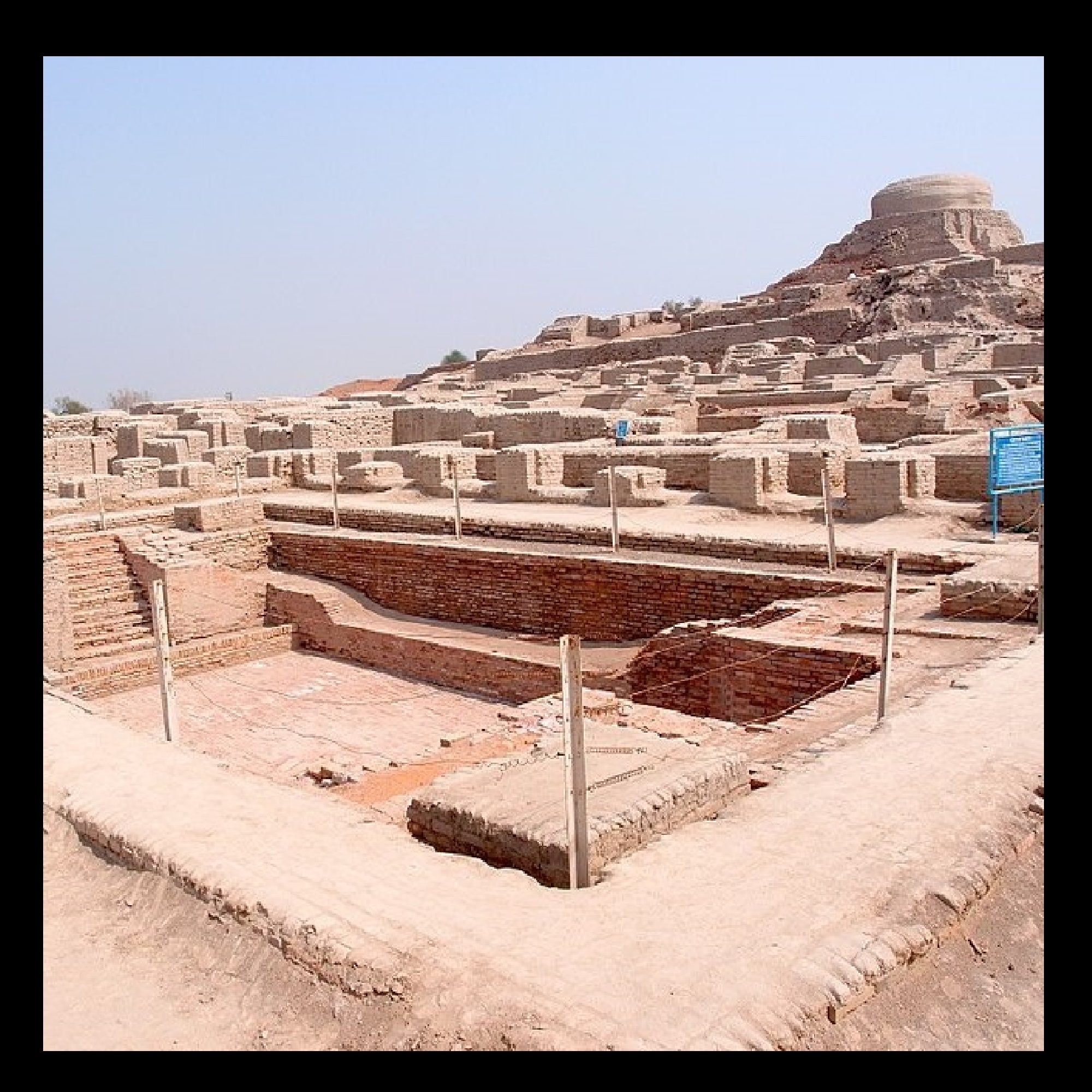The first House of Prayer at Bibakkata mentioned in the Quran could be located at Pushkar in Rajasthan. The Quran says: “Behold, the first House (of Prayer) established for mankind is the one at Bibakkata” (96-97).
Near Bakkata….
The name “Bibakkata” consists of the prefix “Bi” and the noun “Bakkata.” The prefix “Bi” refers to “in/by/with.” Of these, the prefixes “by” and “with” suggest nearness. Thus, “Bibakkata” could be rendered as “near Bakkata.” The second part “Bakkata” is similar to “Bharata” with common sounds “b” and “ata.” Bharata, in turn, was the ancient name of the area south of Pushkar. We, therefore, may read the Ayat progressively as follows:
The “first House… is the one… at Bibakkata,”
Alternatively, “the first House is the one near Bakkata,”
Alternatively, “the first House is the one near Bharata,”
Alternatively, “the first House is the one near south of Pushkar,”
Alternatively, “the first House is the one at Pushkar.”
The name Bibakkata, therefore, hides within it a reference to Pushkar.
Bakka:ta ~ Makkata:
Counterargument is that the Arabic language adds the suffix “ta” to other names such as Makka, which is then written as Makkata. We must, therefore, similarly consider the suffix “ta” in Bakkata as non-speaking. Further, we may remove the prefix “Bi” as non-speaking and read the name Bibakkata as Bakka, which is similar to Makka. Hence, it is suggested that Bibakkata=Bakkata=Bakka=Makka.
This interpretation could possibly be acceptable for writings in Arabic. But the Arabic language was developed about 4400 years after the advent of Adam. The earliest known example of Arabic is an inscription found in the Syrian Desert, dating back to the fourth century CE. The long period between the time of Adam, and the development of the Arabic language raises the question whether the usage of the prefix “Bi” and suffix “ta” as non-speaking can be dated to the time of Adam? Our view is that these prefix and suffix were an integral part of the name “Bibakkata” since the name is written as such in the Quran and we must hesitate in rendering a word differently than as stated.
Consonants “b” and “m” are interchangeable:
Another counterargument is that consonants “b” and “m” are often interchanged in Arabic hence we may read the “Bibakkata” or its modified form “Bakka” as “Makkah,” which is the Arabic name of Mecca. We feel that we should make modification of “B” into “M” in the Holy Quran only where there is an irresoluble contradiction. In the present case, the name “Bibakkata” is entirely consistent with the location of the first House at Pushkar. Hence, such modification of the text is not called for.
Evidence from Daeefs:
Sheikh Muhammed Salih is involved in providing Islamic education in Saudi Arabia. He has established the Islam Question and Answer website. He has compiled various Islamic traditions known as Daeefs regarding the location of Adam. He gives a warning though, “Such reports cannot be relied upon or trusted… they may be narrated for the purpose of story-telling only.” Still, it is significant that four Daeefs mention Adam coming down in India:
- Adam came down in India and felt lonely…
- Adam came down in India and the Black Stone and a handful of leaves from Paradise came down with him, and he scattered them in India, and a perfume tree grew (that) is the origin of (the perfume that) comes from India…
- Adam came down from Paradisein Dahna, in the land of India.
- Adam came down in India and Hawwain Jeddah…
At the same time, two Daeefs say Adam came down in Saudi Arabia:
- Adam came down on al-Safaand Hawwa on al-Marwah.
- Adam came down in a land called Dahna, between Makkah and al-Taa’if.
These Daeefs speak of only India and Saudi Arabia. The latter is understandable given the grandeur of that place in the living Islamic tradition. Importance lies in the mention of India. The question is: Why does this tradition mention India, and not Indonesia, or Russia, or someplace else on earth? It follows that there exists an Islamic tradition, howsoever weak, of Adam having come down in India.
Alhaj Syed Ghulam Kibaria, the head of the Dargah at Ajmer, near Pushkar says: “I am sure that Allah sent Adam to India. He met Hawwa [Hagar] at Mecca.” These traditions suggest that Adam lived at Pushkar in India. Adam was the first man in the Islamic narrative. Brahma was the creator in the Hindu narrative. His main temple is shown in the picture. Being the first in both traditions, they could be the same person who lived at Pushkar.
The Islam Question and Answer website reports following Daeefs which suggest that Adam lived in India:
(1) Adam came down in India and felt lonely…
(2) Adam came down in India and the Black Stone and a handful of leaves from Paradise came down with him, and he scattered them in India, and a perfume tree grew (that) is the origin of (the perfume that) comes from India…
(3) Adam came down from Paradise in Dahna, in the land of India.
(4) Adam came down in India and Hawwa in Jeddah…
Alhaj Syed Ghulam Kibaria, the head of the Dargah at Ajmer, near Pushkar says: “I am sure that Allah sent Adam to India. He met Hawwa [Hagar] at Mecca.”
Visit our website: https://www.commonprophets.com/
For Videos: https://www.youtube.com/channel/UCN4sb3toJxNGPjmSubnwz_Q
For more information on the theory of Common Prophets, Please like my FB Page One God One 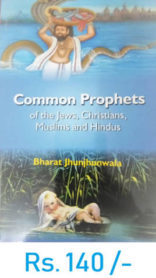 Religion, Subscribe my English channel One God One Religion, subscribe my Hindi Channel एक ईश्वर, and you may like to buy my book here.
Religion, Subscribe my English channel One God One Religion, subscribe my Hindi Channel एक ईश्वर, and you may like to buy my book here.
